One of the greatest of all time: Rupert Murdoch, New York Post pay tribute to Steve Dunleavy, dead at 81
Steve Dunleavy was the definitive reporter, editor and columnist. The New York Post has paid tribute.
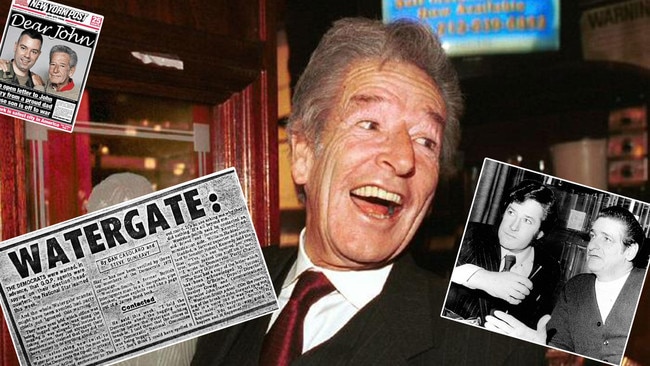
He became a journalist at the age of 14, and was so competitive he once slashed his own father’s tyres to get to a story first.
Now Australian journalist Steve Dunleavy’s own epic story has turned a page, with his death at the age of 81 in the US.
In a career spanning more than four decades and the globe, Dunleavy carved out a fearsome reputation as a definitive crime reporter, editor and columnist and a formidable tabloid talent.
He began his career in Australia, but became one of the great crime journalists, and the heart, colleagues say, of the New York Post.
Rupert Murdoch described him as “one of the greatest reporters of all time”.
The Post has today paid tribute to Steve in this moving personal editorial capturing the essence of “the hard-hitting, hard-drinking journalist who helped define The New York Post”:
RIP, Steve Dunleavy: The heart of the modern New York Post
“If anyone represented the face of the New York Post after its purchase by Rupert Murdoch in 1976 — and played a decisive role in its transformation into the vibrant news source you’re reading right now — it was Steve Dunleavy, who died Monday at 81.
As a reporter, metropolitan editor and columnist for this paper, the charismatic, swashbuckling Dunleavy helped turn a once-sedate tabloid into a roaring must-read that New Yorkers loved or hated — or both.
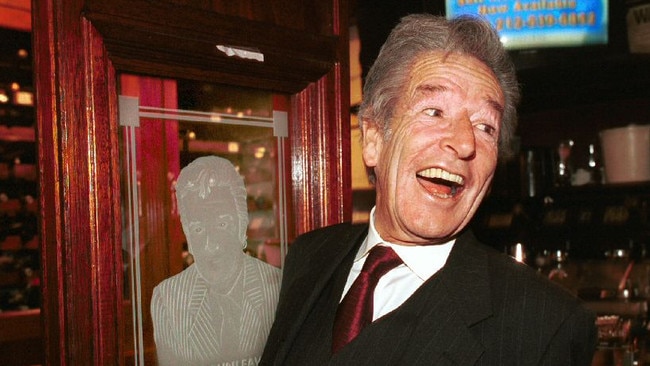
He turned New York upside down, remaking the rules of news-gathering and recalling the rough-and-tumble “whatever it takes to get the story” journalism pioneered by the likes of Joseph Pulitzer and William Randolph Hearst.
It was a tradition he’d learned in his native Australia, where, as a 14-year-old reporter, he competed against his father, a photographer for a rival paper. (In one infamous incident, he slashed his dad’s tires to stop him from covering a story to which Steve had been assigned.)
He moved on to papers and wire services across Europe and Asia before arriving in the States in 1966.
At The Post, he first left an enduring mark with his no-holds-barred coverage of the 1977 Son of Sam shootings, competing head-to-head in a classic tabloid war against the likes of Jimmy Breslin and Pete Hamill.
“Steve Dunleavy doesn’t just cover a story,” said one editor who worked with him. “He fights for it.”
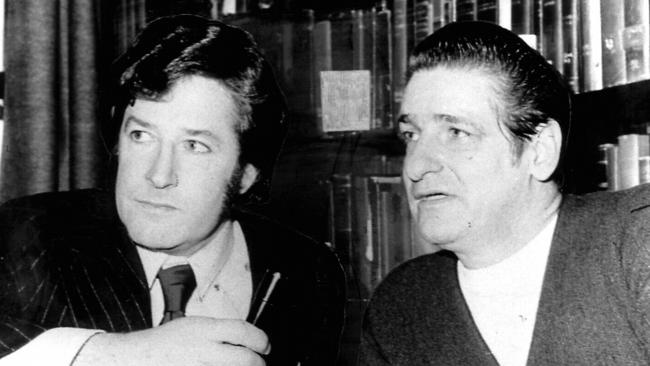
Steve himself always insisted that “all’s fair in love, war and news-gathering. And if I push the envelope a bit to get a story, I don’t have to go to confession afterwards.”
He would instil that attitude into the cadre of young, fiercely loyal reporters he supervised after being named metro editor in 1980, which put him in charge of the paper’s daily news coverage. As he once put it: “This is a wonderful, huge, pulsating city — for God’s sake, cover it that way.”
Indeed, his attitude as both reporter and editor was a perfect fit for the New York of the late ’70s and early ’80s, with its out-of-control crime, near-bankrupt economy, ethnic tensions and citizens decrying the poor quality of life.
Dunleavy truly lived and breathed news. As metro editor, his days would start at 11am (sometimes awakened from under his desk) and run well past midnight.
His take-no-prisoners approach, his unapologetic advocacy of the NYPD and his undisguised disdain for his detractors appalled more genteel journalists. But his work resonated with those who mattered most: The Post’s growing readership.
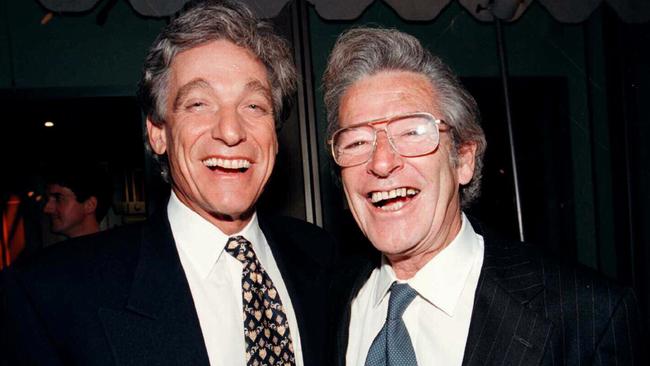
As the late Governor Mario Cuomo once put it: “He’s feisty, he’s resilient, he’s self-made, he stands up for what he believes in — and he can even, on occasion, be charming.”
In his three-piece suits and gravity-defying pompadour, he was equally at home at a neighbourhood police precinct and at the city’s poshest watering holes. (Some of his best columns were filed from a barstool.)
Early on, Newsweek ran a full-page profile of him headlined, “Mr. Blood and Guts.”
He left The Post in 1986 to become star reporter for A Current Affair the first tabloid-TV program, which spread his fame across the country.
But he soon returned to the paper and became a daily columnist before retiring in 2008.
Steve Dunleavy was one of a kind, the ultimate tabloid reporter.
And what he brought to the New York Post at a critical time in its 217-year history is still reflected in its pages. We will not see his likes again.”
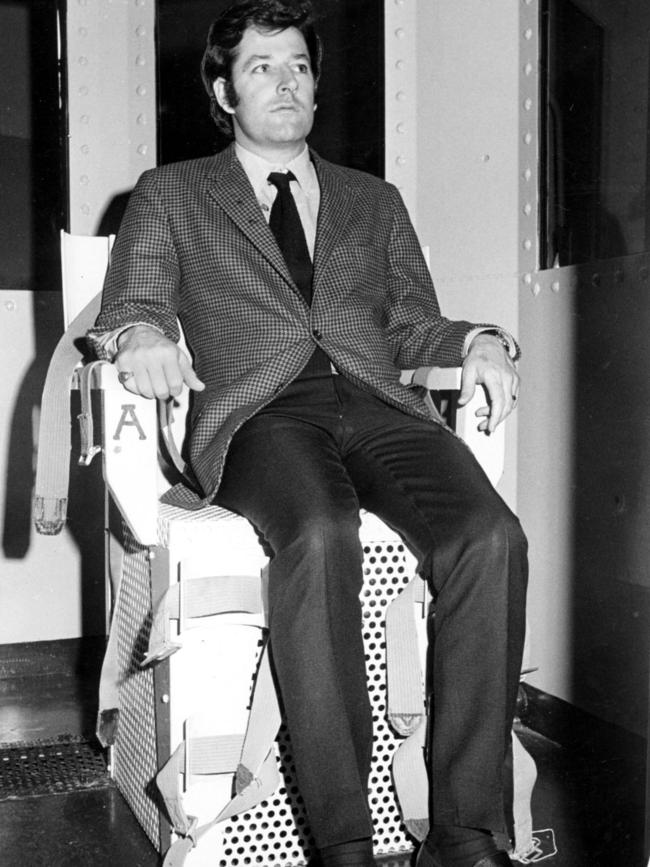
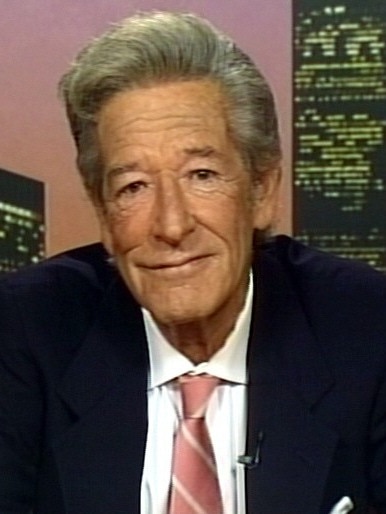



To join the conversation, please log in. Don't have an account? Register
Join the conversation, you are commenting as Logout